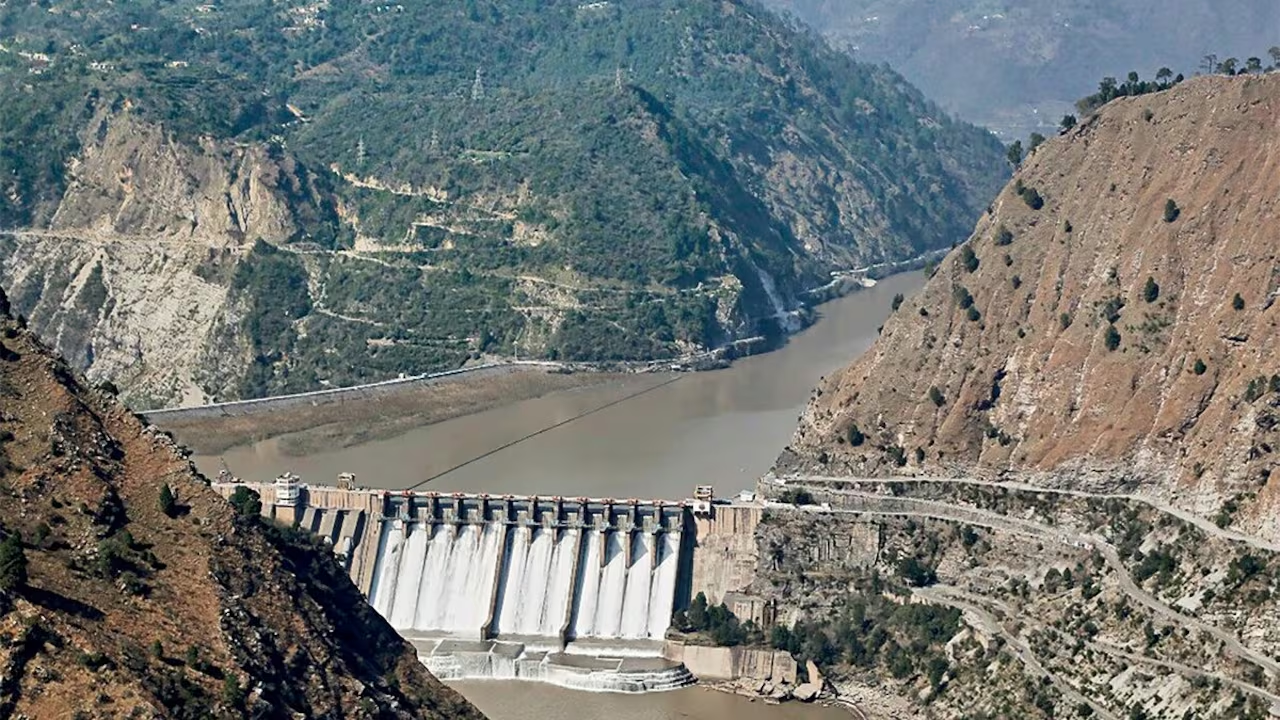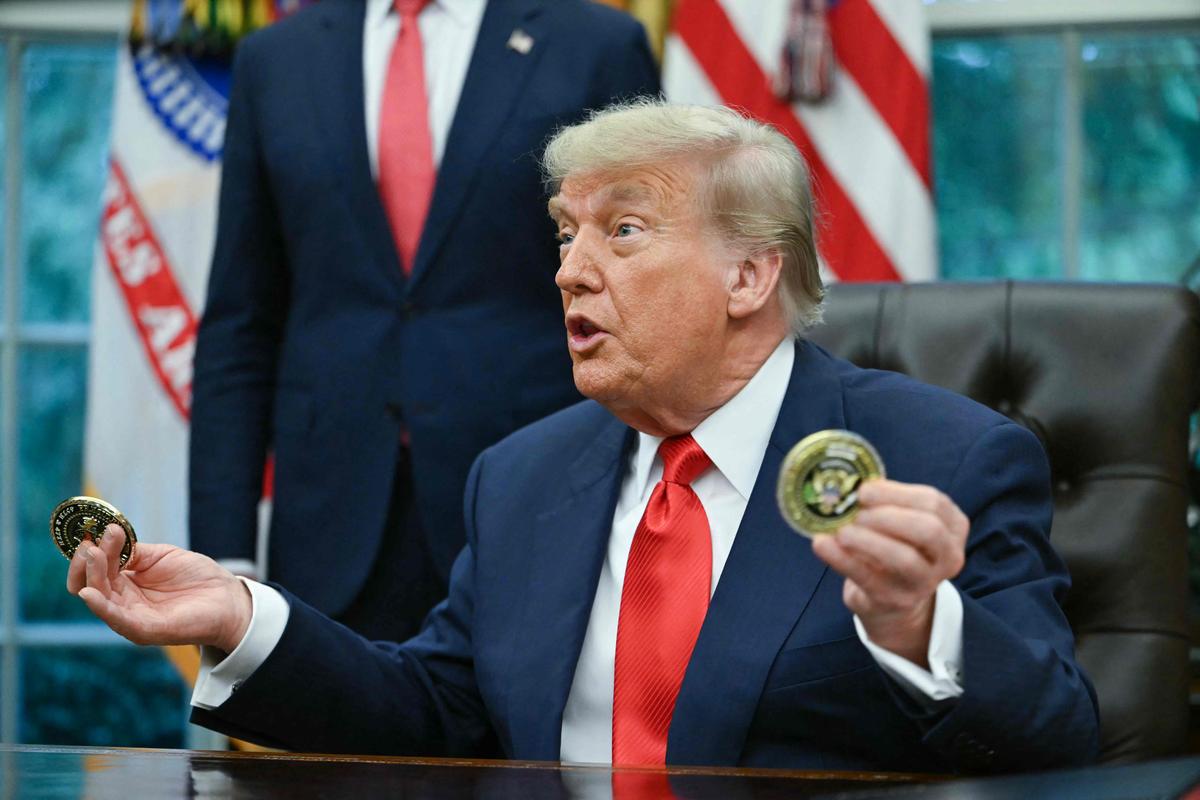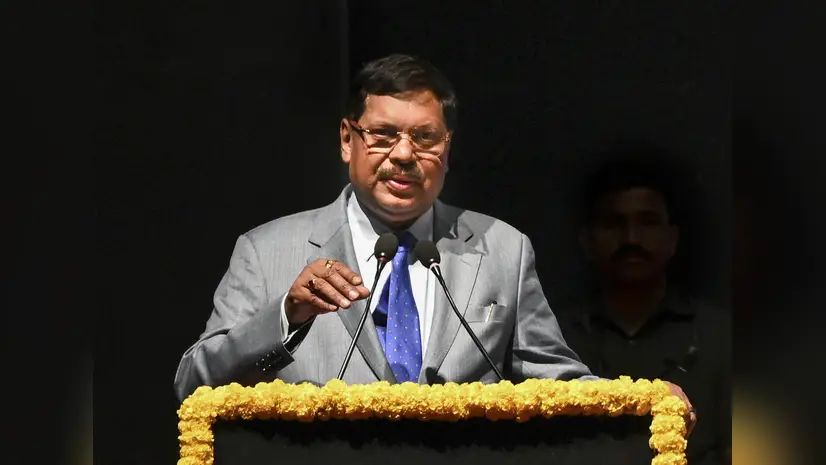- Courses
- GS Full Course 1 Year
- GS Full Course 2 Year
- GS Full Course 3 Year
- GS Full Course Till Selection
- Answer Alpha: Mains 2025 Mentorship
- MEP (Mains Enrichment Programme) Data, Facts
- Essay Target – 150+ Marks
- Online Program
- GS Recorded Course
- Polity
- Geography
- Economy
- Ancient, Medieval and Art & Culture AMAC
- Modern India, Post Independence & World History
- Environment
- Governance
- Science & Technology
- International Relations and Internal Security
- Disaster Management
- Ethics
- NCERT Current Affairs
- Indian Society and Social Issue
- NCERT- Science and Technology
- NCERT - Geography
- NCERT - Ancient History
- NCERT- World History
- NCERT Modern History
- CSAT
- 5 LAYERED ARJUNA Mentorship
- Public Administration Optional
- ABOUT US
- OUR TOPPERS
- TEST SERIES
- FREE STUDY MATERIAL
- VIDEOS
- CONTACT US
MOTION OF THANKS
MOTION OF THANKS
10-02-2024
In February 2024, Prime Minister Narendra Modi replied to the Motion of Thanks on the President’s address to Parliament in the Lok Sabha and Rajya Sabha, respectively.
About Motion of Thanks
-
Definition of Motion of Thanks:
-
- This parliamentary motion expresses gratitude towards the President's Address to both Houses of Parliament.
-
Content of the President’s Address:
-
- Drafted by the Government, this address outlines policy directions, reviews the past year's government achievements, and details future plans on significant national and international matters.
-
Constitutional Basis (Article 87):
-
- The Constitution mandates the President to address both Houses at the start of the first session post-general election and annually, explaining the session's purpose.
-
Discussion Procedure:
-
- Parliamentary rules dictate the scheduling for discussing topics mentioned in the address, ensuring structured debate.
-
Nature of the Address:
-
- Known as a 'special address', this is an annual occurrence aimed at briefing Parliament on governmental intentions and achievements.
-
Presidential Address Discussion:
- The President's address to Parliament, similar to Britain's "Speech from the Throne," is discussed in both Houses of Parliament through the "Motion of Thanks."
-
Amendments to the Motion:
- Amendments can be proposed to the Motion of Thanks; if approved, the motion is adopted with these changes. These amendments can address both topics mentioned in the Address and those omitted but deemed significant by members.
-
Voting Process:
- Following the debate, the Motion of Thanks is voted on.
-
Conclusion of Discussion:
- The discussion concludes with a response from the Prime Minister or another Minister, followed by the handling of amendments, voting, and adoption of the Motion of Thanks.
-
Requirement for Passage:
- The Motion of Thanks must be passed; failure to do so is considered a government defeat, reflecting the Lok Sabha's no-confidence.
-
Debate Restrictions:
- During the debate, members are not allowed to discuss matters outside the central government's jurisdiction or mention the President's name directly.
Key Highlights of the President's Address?
-
Economic Growth Leadership:
- The President highlighted India's status as the fastest-growing major economy, with a growth rate exceeding 7.5% across two consecutive quarters amidst global challenges.
-
Macro-Economic Transformation:
- India's shift from being part of the 'fragile five' to ranking among the top five economies is attributed to the government's dedication to macroeconomic stability, which mitigates external shocks and fosters sustainable growth.
-
Stabilizing Factors:
- Macroeconomic stability serves as a safeguard against global currency and interest rate fluctuations, helping prevent crises that could severely impact GDP.
-
Export Growth:
- India's exports escalated to over USD 775 billion, demonstrating the country's economic vitality.
-
FDI Increase:
- Foreign Direct Investment in India saw a remarkable rise, with inflows reaching a record USD 83.6 billion in 2021-22, and USD 71 billion (provisional) in FY 2022-23, marking consistent growth over eight years.
-
Indigenous Industry Support:
- The sales of Khadi and Village Industries products saw a fourfold increase from FY 2013-14 to FY 2022-23, highlighting successful support for local industries.
-
Income Tax Compliance Growth:
- The number of income tax return filings surged from around 3.25 crore in AY 2013-14 to about 8.25 crore in AY 2023-24.
-
Forex Reserves Strength:
- India's forex reserves have crossed USD 600 billion, reflecting strong financial health.
-
Agricultural Support via PM-Kisan:
- The PM-Kisan Samman Nidhi Yojana has disbursed over Rs 2.8 lakh crore to farmers, reinforcing the government's commitment to agriculture.
-
Increased Farmer Loans:
- The past decade has seen a threefold rise in accessible bank loans for farmers, enhancing the agricultural sector's financial security.
-
Crop Insurance Scheme Effectiveness:
- The success of the Pradhan Mantri Fasal Bima Yojana was underscored, with farmers receiving claims worth Rs 1.5 lakh crore against premiums of Rs 30,000 crore.
-
Cultural Heritage Promotion:
- The construction of the Ram Temple in Ayodhya was noted as a significant cultural achievement, fulfilling a centuries-old goal and boosting heritage tourism, as evidenced by the attendance of 13 lakh devotees during the temple's consecration ceremonies.
Historical Facts about the Motion of Thanks
-
Inaugural Address:
- Dr. Rajendra Prasad, as India's first President, initiated this tradition with his first address to Parliament, setting a precedent for future sessions.
-
Amendment Occurrences:
- The passage of amendments to the Motion of Thanks is unusual but has happened, notably in years like 1980, 1989, and 2001, reflecting the vibrancy of India's legislative processes.
-
Indira Gandhi and the Motion of Thanks:
- In 1978, for the first time in Indian parliamentary history, the government faced defeat on an amendment to the Motion of Thanks. This was significant as it reflected the political turbulence of the time.
Other motions in Indian Parliament
-
Adjournment Motion:
-
- Calls for a debate on an urgent public matter needing immediate attention, with the Speaker's approval.
- Requires at least 50 members' support to proceed and interrupts regular House proceedings.
- Exclusive to the Lok Sabha, indicating serious critique of the government but not necessitating resignation.
-
Closure Motion:
-
- Aims to conclude debate on a topic swiftly, leading to an immediate vote if approved.
- Utilized to expedite decisions on various matters within the House.
-
Motion with a Vote:
-
- Introduced under Lok Sabha Rule 184, enabling debate and vote on specific issues.
- Binding on the government to adhere to Parliament's decision if passed.
- Employed sparingly for issues of great national significance.
-
Short Duration Discussion:
-
- Governed by Lok Sabha Rule 193 and Rajya Sabha Rule 176, allowing for a focused debate without a vote.
- Discussions are time-bound, generally not surpassing two hours, to spotlight pressing public concerns.
-
No-Confidence Motion:
-
- Filed in the Lok Sabha to assess the government's parliamentary support.
- Activation requires backing from 50 members, leading to government resignation upon passage.
- Marks critical political junctures, reflecting the government's potential loss of majority backing.
-
Confidence Motion:
-
- Introduced by slender-majority governments to demonstrate parliamentary majority on the President's behest.
- Success affirms the government's authority to continue its mandate.
-
Privilege Motion:
-
- Initiated when a member perceives a minister's actions as breaching House or member privileges, particularly through misinformation.
- Serves to censure and critique the concerned minister's conduct.
-
Cut Motion:
-
- Proposes budget demand reductions, with Lok Sabha approval indicating lack of confidence in the government.
- Potentially triggers government resignation upon successful passage.



